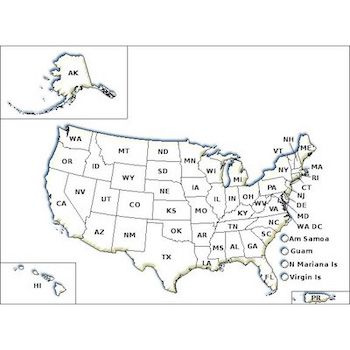If you think you or someone has lice, keep calm and do a little homework.
- Do not panic. You are not alone in this battle. Head lice are mostly a nuisance. Only body lice are known to spread disease.
- Head lice do not burrow into the skin. However, scratching can cause open sores, which can become infected.
- Head lice can infest anyone; they have no preference for dirty or cluttered places.
- Adult head lice generally die after 24 to 36 hours (1 - 1½ days) away from the human body. They need a blood meal every few hours and the warm, cozy environment provided by the scalp.
- According to CDC: "Students diagnosed with live head lice do not need to be sent home early from school; they can go home at the end of the day, be treated, and return to class after appropriate treatment has begun.""
- Human head lice need human blood. Pets cannot become infested with human head lice or vice versa.
- If you notify your school about an infestation of head lice, they can discourage head-to-head contact and be on the lookout for new infestations.
They generally require some form of treatment. If your child has head lice, consider consulting your pediatrician for advice.
Controlling Head Lice
- Do not treat unless live lice or viable nits (head lice eggs) are present. Head lice are very small, about the size of a sesame seed. They are visible to the naked eye.
- If you cannot tell whether your child has lice, contact your school nurse, local health department, or medical professional. Skin flakes, scabs, or other miscellaneous debris can be confused with head lice or nits. Keep in mind that nits generally don’t fall off a person’s head. They are glued on the base of a hair shaft.
- According to experts, it is best to treat head lice quickly once they’re positively found. This will prevent transmission since they can spread easily from person to person. For more information on lice treatment consult your medical professional or visit the CDC page about head lice treatment.
- You can use a nit comb to get rid of head lice. Remove any nits left by picking them out with your fingernails.
- Infestations are often treated with low concentrations of medicated (insecticidal) shampoos, sprays, or lotions, which are available over the counter. Because these products contain insecticides, it's very important to always read and follow the label directions to avoid over-exposure and prevent poisoning.
- Contact your medical professional if you are using a product and you think it is not working. Using a product for longer time, more than once at the same time, or two different head lice drugs at the same time can lead to poisoning.
- It has NOT been proven that vinegar, mayonnaise, olive oil, Vaseline or similar products work to get rid of lice.
- Consider washing and drying items at high temperatures, such as clothing and bedding that had been close to the scalp of someone having lice. Remember, head lice cannot survive away from the scalp for long. Alternatively, you can dry-clean or seal items in a plastic bag and store them for 2 weeks.
Preventing Head Lice
- Avoid head to head contact. Lice are spread from close contact with someone who has lice. Transmission most often is within a family or among children who have close contact. Lice cannot jump or fly, but they can crawl very fast.
- Do not share personal items. Transmission is less common, but not impossible, through helmets, hats, headphones, and scarves.
- Inspect your children regularly. If you suspect head lice, examine your child's head thoroughly. Use a good light and a magnifying glass if possible. Look at the base of hair shafts.
- Watch for symptoms of head lice. The most common signs and symptoms of having head lice is severe itching of the scalp, neck, and behind the ears. Some people develop a rash on the scalp and neck.
- Tell your children how head lice spread. Your kids can prevent infestations by not sharing personal items with classmates. Tell your kids head lice infestations can happen to anyone.
If you have questions about this, or any pesticide-related topic, please call NPIC at 800-858-7378 (8:00am - 12:00pm PST), or email us at npic@ace.orst.edu.



